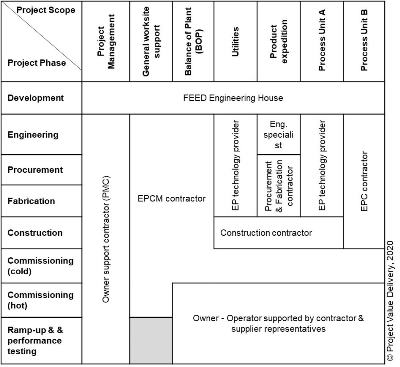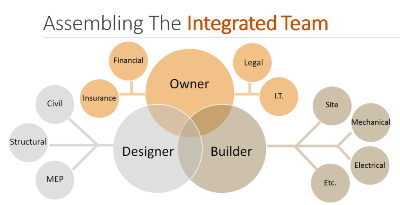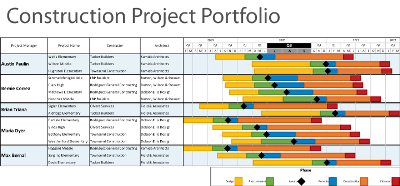How to Adapt to an Increase of Compliance Assurance from Public Owners
We observe through our interventions an increase in compliance assurance from public and semi-public owners. This implies more formality in demonstrating compliance to requirements and the approval of possible deviations, as well as delays regarding the treatment of contractual claims. This compliance activity is not always properly planned and implemented, making it an increased burden on the teams. In our new White Paper 2022-02 ‘How to Adapt to an Increase of Compliance Assurance from Public Owners’ we discuss the reasons for this evolution and what needs to be anticipated to minimise the impact on project execution.
Societal evolution requiring more accountability from public and semi-public institutions is the underlying reason for a significant increase of compliance assurance activities by the project owners. This increased assurance activity is however sometimes compounded by bureaucratic developments and the expectation by owner staff to avoid any possibility of blame. This leads to significant efforts to document decisions, develop and formalise objective assessment criteria for all important decisions to be taken on projects (from contract awards to the acceptance of changes, or any decision impacting schedule, cost or quality). This in turn often creates additional delays in taking decisions because of the need to document them and to ensure that the decision file is watertight and can support audit scrutiny; in addition, decisions are often expected to be taken as a group during steering committees to ensure proper alignment.
While there had always been a substantial difference in actual bidding and contract management approaches by public and semi-public owners in particular with regard to competition rules, an evolution towards increased compliance requirements is quite noticeable in the last few years in developed countries and marks an increased difference with private owners in the way projects are run. Compliance requirements do increase as well for publicly listed private owners but are generally not significantly affecting project execution.
For all the aspects mentioned above, it is essential for the contractor to plan and prepare in advance a strategy to support compliance. This includes particular attention to agreeing with the owner how compliance is expected to be proven and setup the required systems and processes for timely collecting all the expected documentation and proofs. A requirements management system can often be a good solution to support those needs.
In addition, specific cost and schedule management strategies must be put in place, which may require a specific way of setting up project schedules so as to accommodate the specific compliance needs, for example in terms of owner response time on certain aspects.
Compliance requirements for public owners have increased significantly over time and this has led to substantially increased hurdles for the proper execution of those projects. Increased documentation requirements, less flexible specifications and most importantly, longer and delayed decision-making, do affect projects. Those issues need to be taken into account and anticipated during project planning; however, they still may significantly affect projects particularly when unexpected events happen that require to rebaseline the execution plan. Contractors for public owners need to be fully aware of this trend and its implications and anticipate accordingly at project setup. Read our new White Paper 2022-02 ‘How to Adapt to an Increase of Compliance Assurance from Public Owners’!
If you can’t access the link to the white paper, copy and paste the following link in your browser: https://www.projectvaluedelivery.com/_library/2022-02_impact_increasing_compliance_public_clients_v1.pdf











